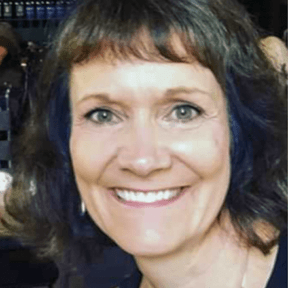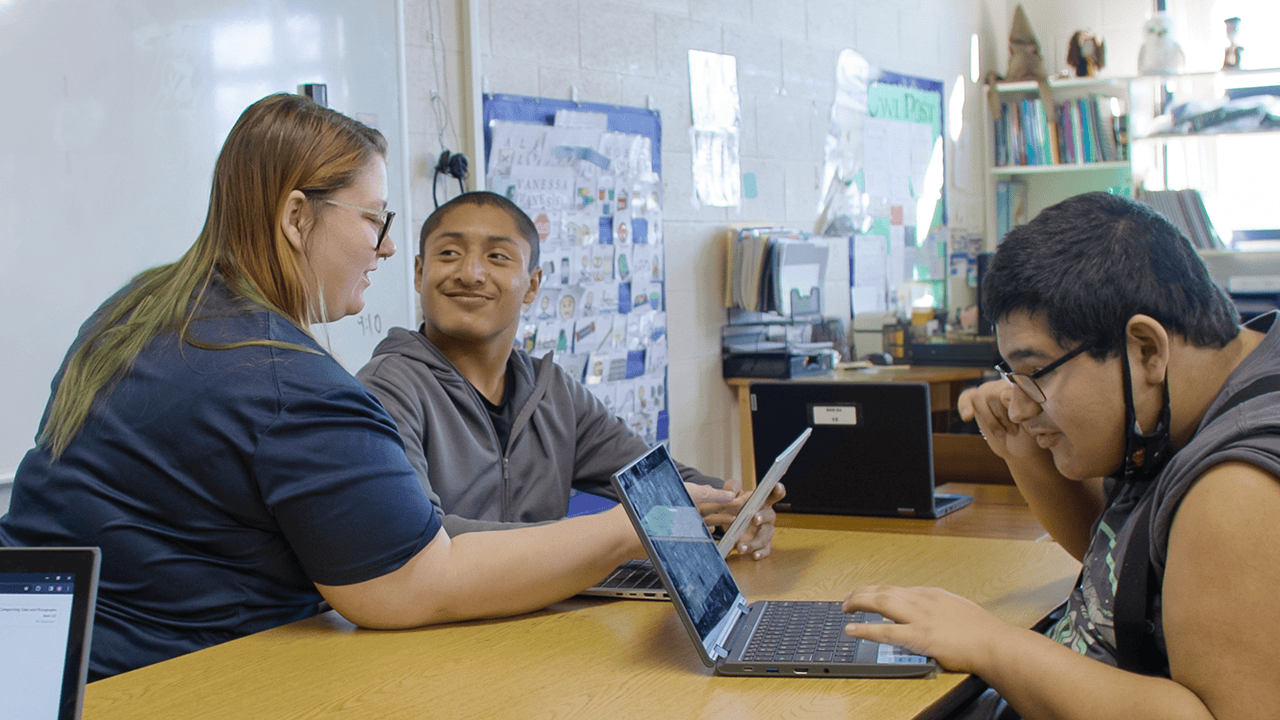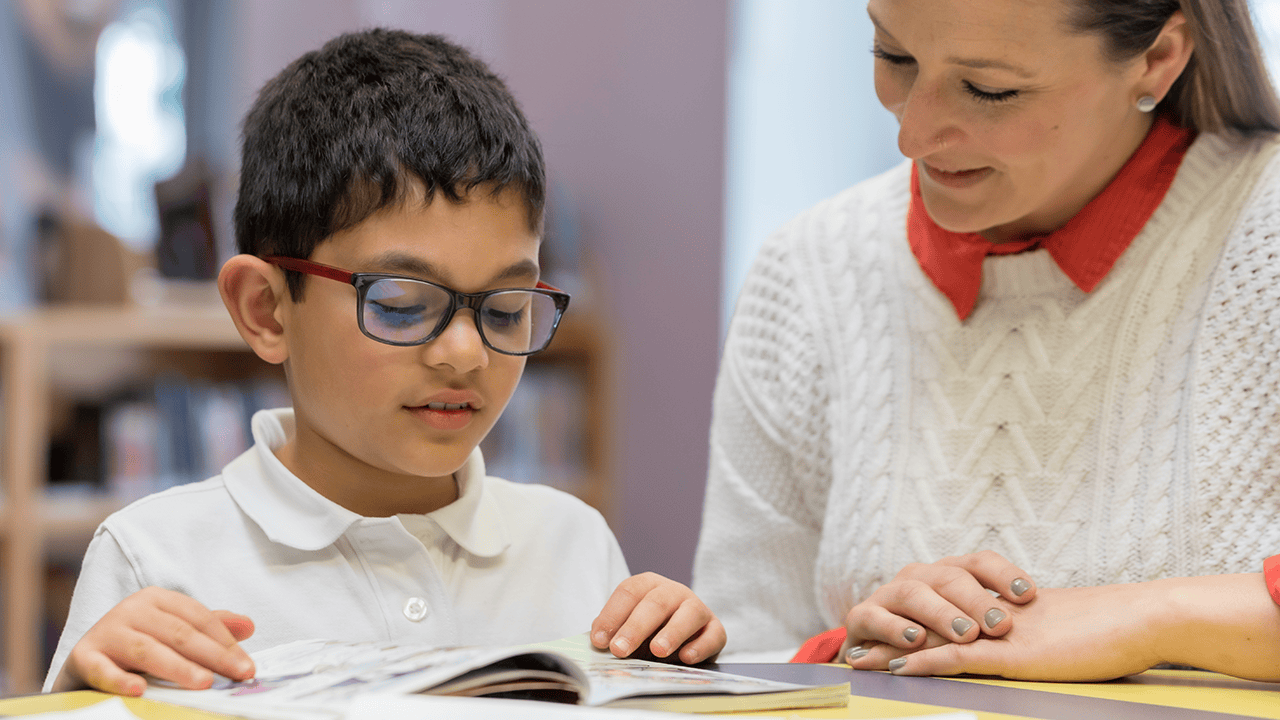Let me explain reciprocal teaching. It contains four categories or teaching tools: predicting, questioning, clarifying, and summarizing.
To begin the process of reciprocal teaching, it’s important to have a topic, theme, or literacy selection as well as a tool to present to students, such as a photo, line drawing, cover of a book, title of the movie, music, or something about an individual’s weekend or an upcoming event.
Reciprocal teaching may be used with an individual or group of students. The expectation is for the student(s) to identify information under each of the four categories: predicting, questioning, clarifying, and summarizing. Using reciprocal teaching allows one to readily break down the teaching and learning tasks.
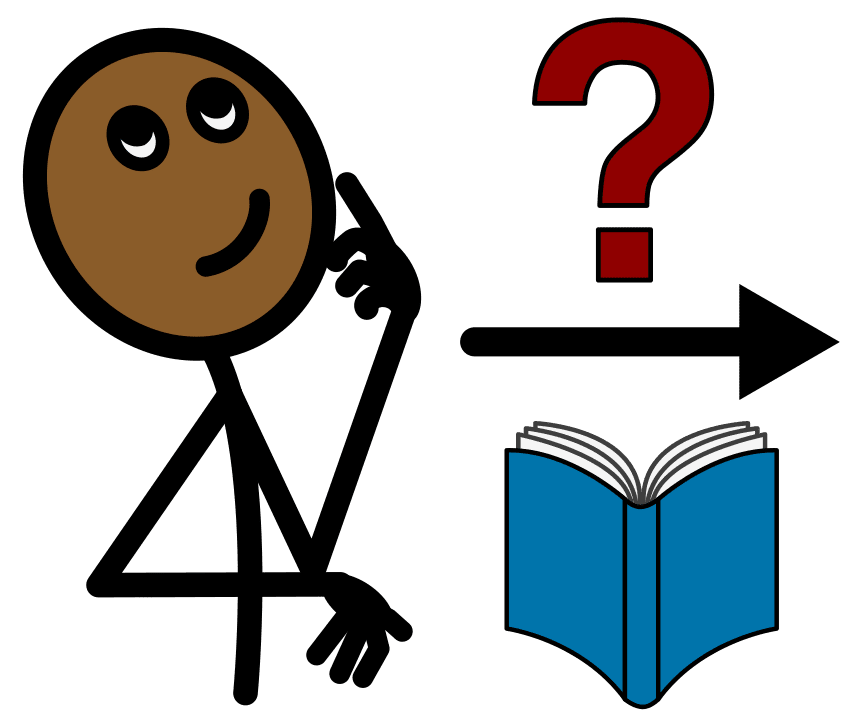
Predicting
In predicting, a student may take a look at a visual or hear a theme or title and guess what this might be about. You might also include identifying what they may already know (background knowledge) and/or identifying what they want to learn more about. Predicting requires risk-taking—a skill that all students will need throughout their lifetime.
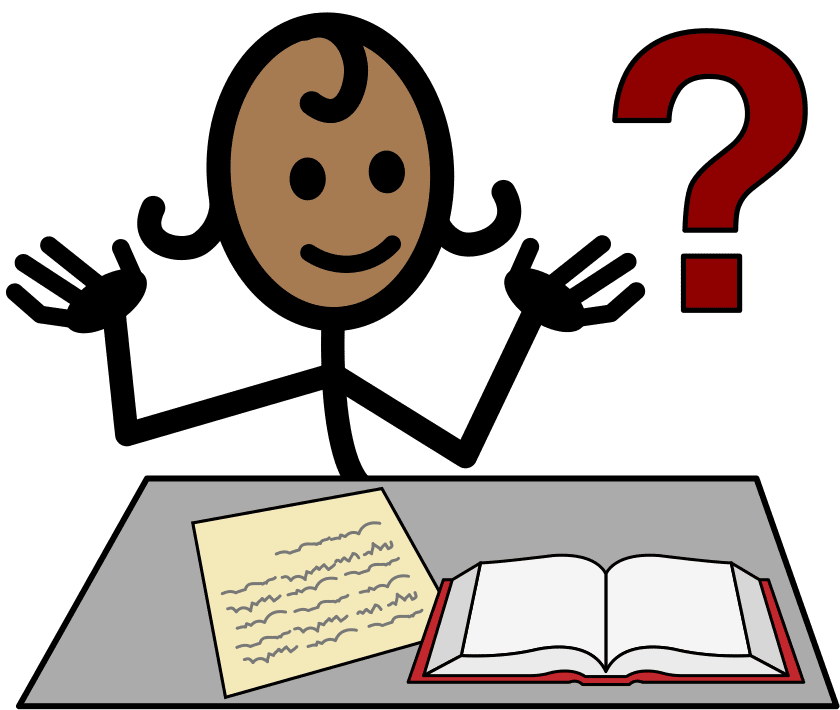
Questioning
This may include the who, what, where, when, why, and how questions. But I like when students have the opportunity to turn the tables and develop the questions that they want to ask pertaining to the photo, graphic, and/or topic of discussion. Generating a question requires higher-order thinking by the student.

Clarifying
This could include reading about, writing about, or verbally discussing a topic and/or photo and then clarifying what students may or may not know. When working collaboratively, they can learn from one another by sharing background knowledge and brainstorming how to clarify their thoughts via details. Two heads are always better than one!
Summarizing
The last area is a lifelong skill used from childhood to adulthood. When someone asks about our weekend, for example, we do not go into specific detail. Instead, we summarize what we did, where we went, or whom we may have been with at that time. Summarizing is critical for all learners. Providing a teaching model helps many students realize specifically what needs to be included in a summary, whether it be oral or written format.
